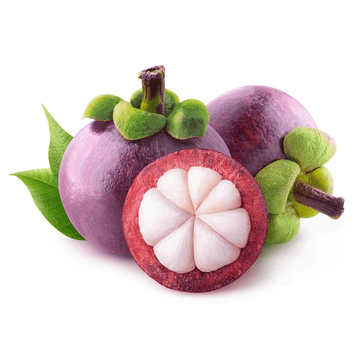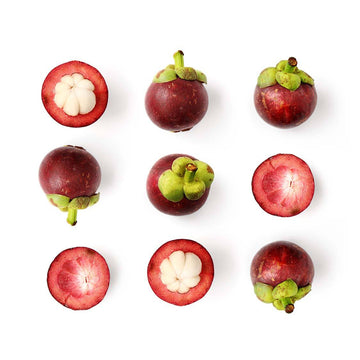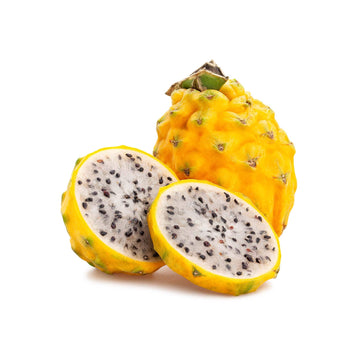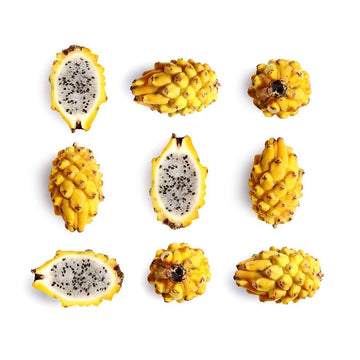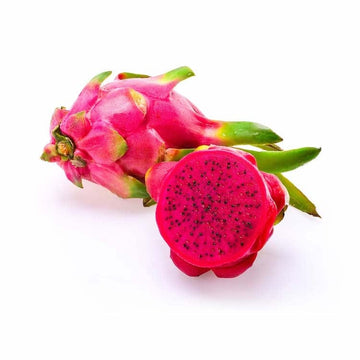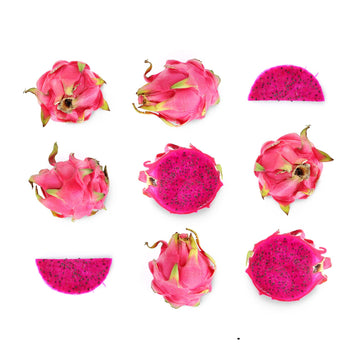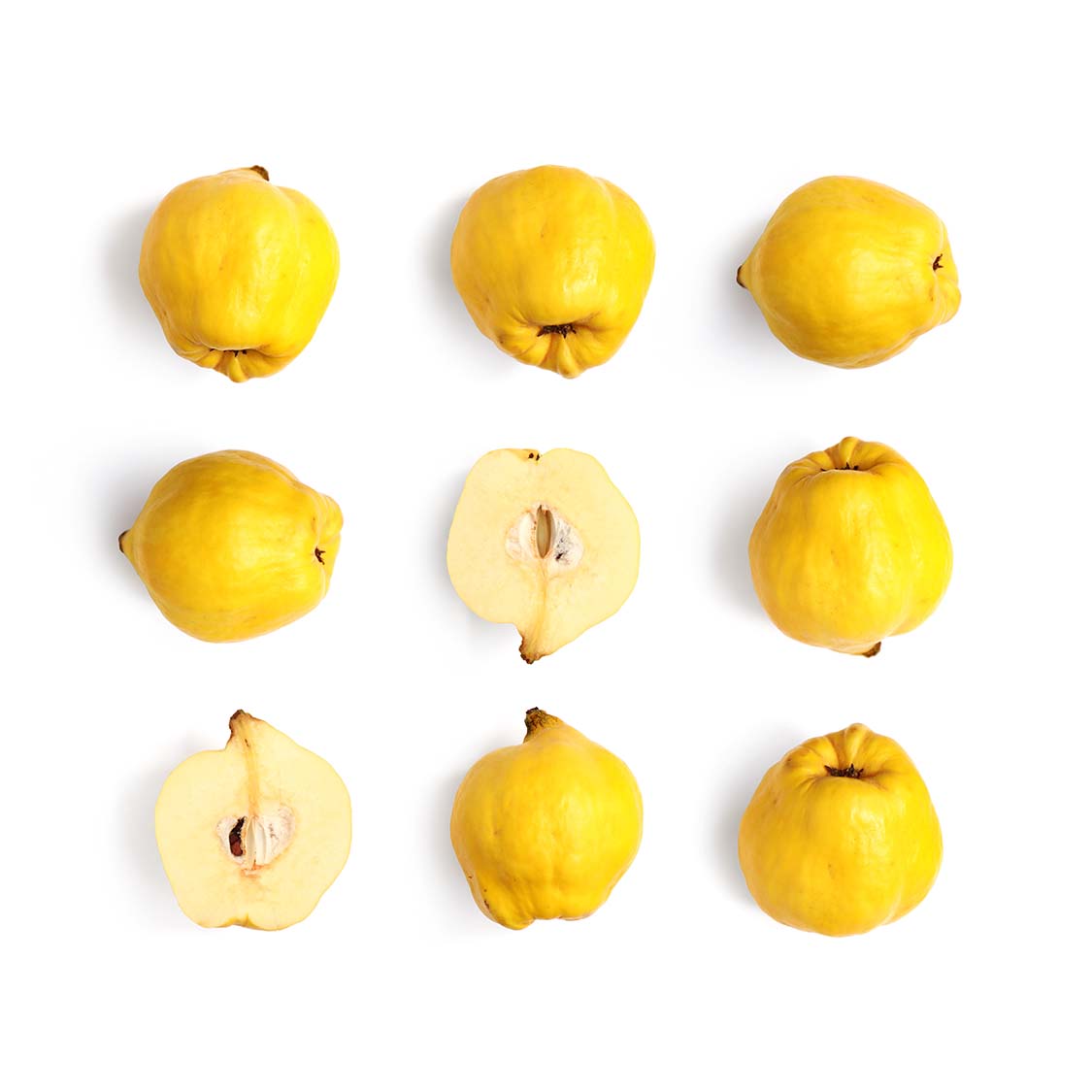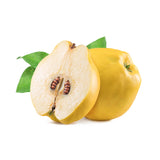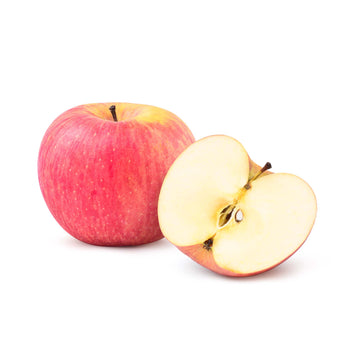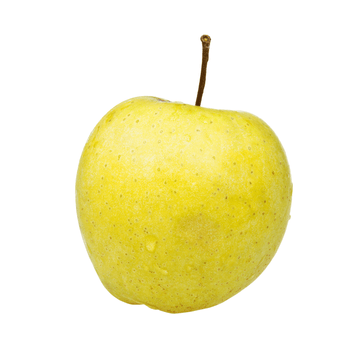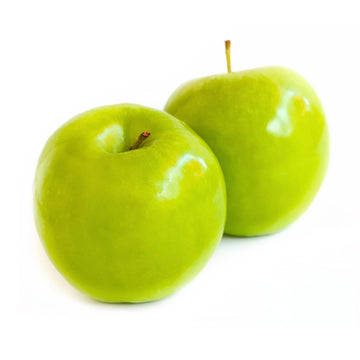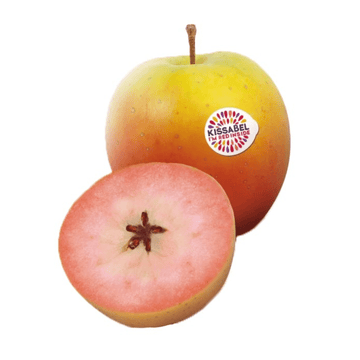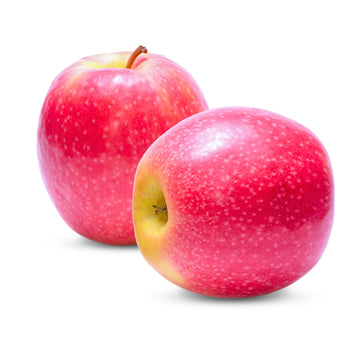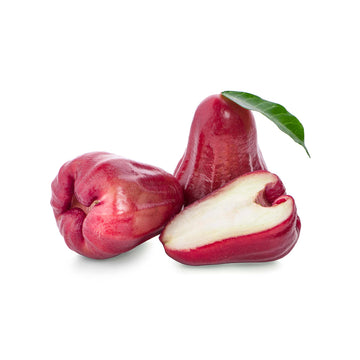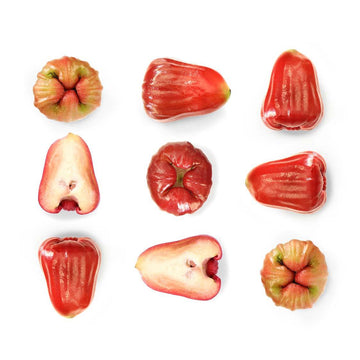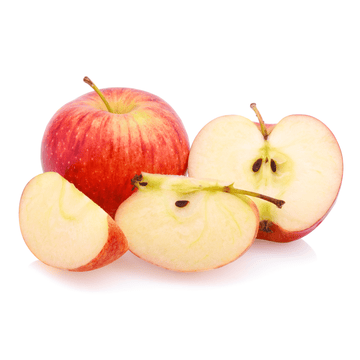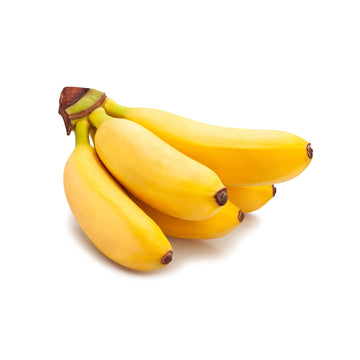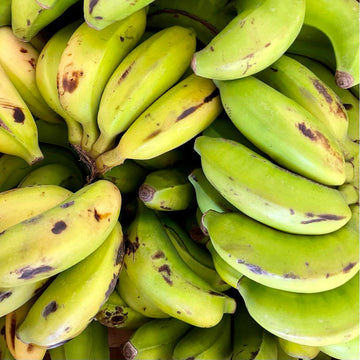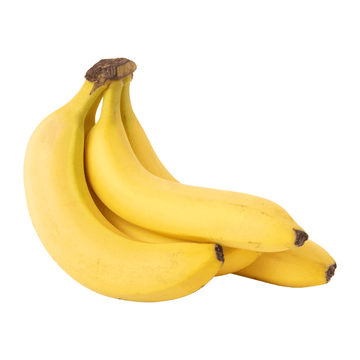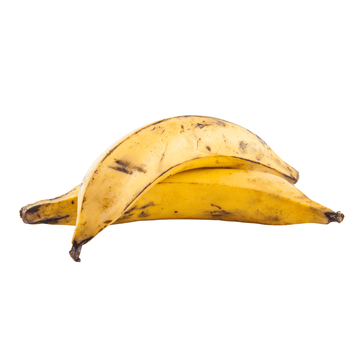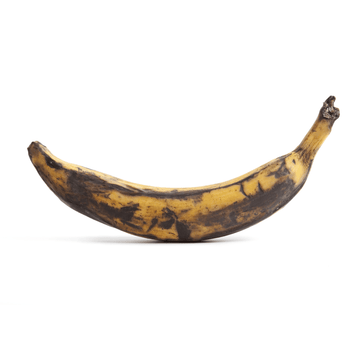Quince
Subcribe to back in stock notification
Introduction
Quince is the sole member of the genus Cydonia and the fruit is similar in appearance to a pear. It is native to Caucasus, Transcaucasia and Central Asia, and wild plants exist in Dagestan, Azerbaijan, Turkmenistan and Iran. It has a long history of cultivation in Central Asia, the Middle East and Mediterranean regions, reaching back into ancient times.
History
It is believed that quinces were produced in ancient Babylon and it was introduced in ancient Greece where quince was sacred to Aphrodite, the goddess of love and fertility. Quinces were later introduced in Rome and later introduced in many parts of Europe.
Regions
Quince is produced in many countries with Turkey being the major producer. Significant amounts are also produced in China, Iran, Morocco, Argentina and California.
Flavours & Texture
Quince has a heady aroma with hints of apple, pear, and citrus. In its raw form is rather tough, tannic and slightly sour at times. Eating a quince, however, would be like eating a tart apple. Quinces are rarely eaten raw as they have very a tough flesh and sour, astringent flavour and for that reason the fruit is best eaten cooked.
Preparation
Quinces are best eaten cooked so it is recommended to cut it into wedges or slices and simmer it in a pot. You can add a cinnamon stick for extra flavour while you simmer it or any other tasty spices.
Nutritional Value
Quince is a low-calorie fruit, rich in fibre and it contains several poly-phenolic antioxidants.
|
Calories per 100 g |
57 kcal |
|
Fat |
0.1 g |
|
Carbohydrate |
15 g |
|
Fiber |
1.9 g |
|
Protein |
0.4 g |
|
Sodium |
4 mg |
|
Calcium |
11 mg |
|
Iron |
0.7 mg |
|
Potassium |
197 mg |
SHIPPING
Choose your desired delivery date at the checkout, available delivery dates will be displayed at checkout stage. All orders are dispatched on a 24hr Next Working Day service. If no date is selected your order will be dispatched at the next available date.
We offer Free Next Working Day Delivery on all orders over £75 including our selection boxes.
Our shipping rates are as follows:-
England - £6.95
Scotland - £11.95
Northern Ireland - Not currently available
Customers are responsible for being present at the shipping address provided on the date selected at checkout. Exotic Fruits are not responsible for any missed or attempted deliveries that must be rearranged by the customer.
All orders are packed in cardboard boxes with a biodegradable packing pellets, straw, or hay to protect the fruit during transit.
RETURNS
Let's start by stating the obvious. Since our produce is perishable we cannot accept returns.
That said, we want every customer to be happy so we do offer vouchers, refunds and replacements at our sole discretion if your fruit has arrived inedible. If you would like to report an item which has become damaged or perished during transit, please:- We are not responsible for products that spoil if there is not someone to receive your delivery on the date that you request it, full tracking is provided and can be requested anytime after dispatch.

